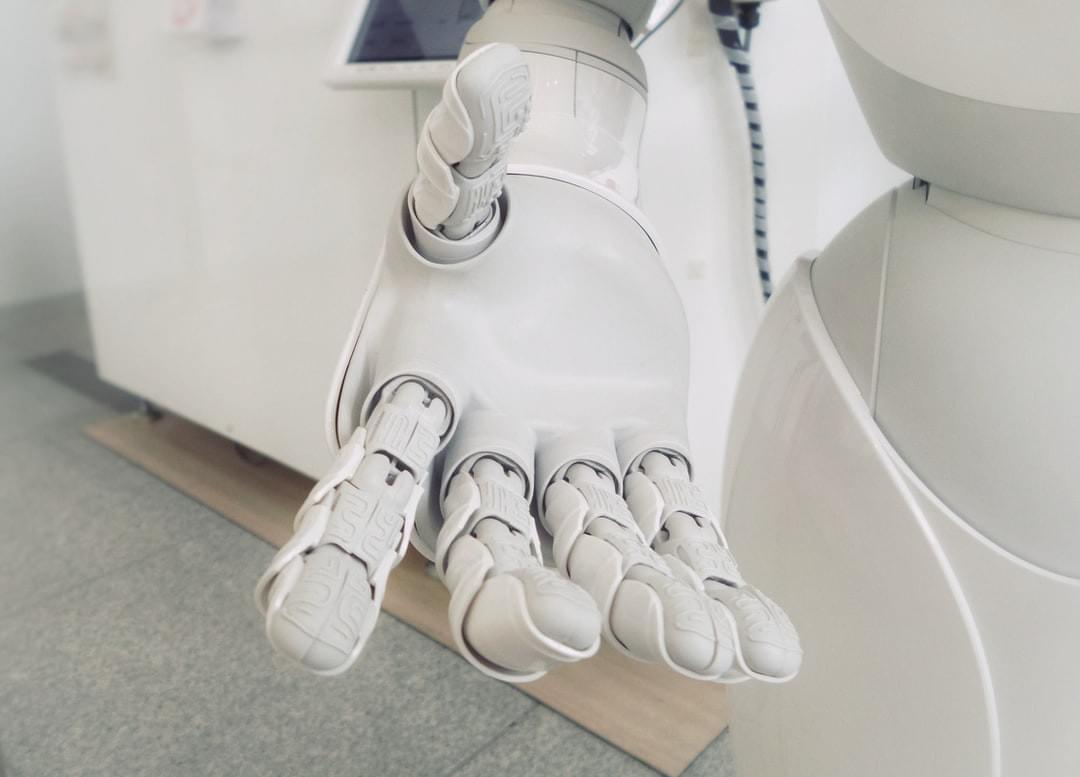
Prosthetic and orthotic are medical terms used to describe special devices, systems, or applications used in order to help the patients. They are used in many situations where normal human hands or feet cannot help. It is commonly found in hospitals, nursing homes and rehabilitation centers. However, prosthetics is also used by patients who want to overcome a disability or lack of the ability to do certain tasks.
Philadelphia prosthetics and orthotics mainly consist of the use of synthetic limbs (prosthetic limbs) to improve the functionality and quality of life of people with limb injury. Orthotics can also be used in various other parts of the body such as the lower and upper limbs, skull, or head. The term "prosthetic" can also be applied to prosthetic limbs that can be attached or replaced with the help of external aids, while not necessarily consisting of mechanical parts. They include both artificial parts and natural ones.
The main function of prosthetics is to replace lost or damaged parts of the human body. They can be used for various purposes ranging from correcting spinal and musculoskeletal disorders to enabling amputees to stand up and walk. There are different types of prosthetics, which can be classified into three major groups: traditional, therapeutic and cosmetic prosthesis. Look for more facts about prosthetics at https://www.encyclopedia.com/caregiving/encyclopedias-almanacs-transcripts-and-maps/lower-limb-prostheses
Traditional prosthetics are made from materials such as leather, vinyl, plastics or metal. Most of these prosthetics were designed in the early part of last century. Today, most of these prosthetics are available in 3D and high-tech prosthetic materials. Some are even available in a digital form. Traditional prosthetics usually use some kind of anesthetic to help in their treatment. However, recent studies have shown that using only anesthetics may not always be an effective way to treat or cure patients of limb injuries.
Prosthetic devices for the lower limbs are most commonly used for the rehabilitation of amputees. The most common prosthetic for amputees is the walker. This is a piece of apparatus which provides the person with the capability to move and function normally and effectively without having to use any kind of assistance from the person. These walkers are commonly known as a walker chair or a cane chair. Other prosthetics which are widely used are those for patients who are having partial or total limb amputation are known as full-extensor enemies, splints, and even a hand splint.
Orthotic products like cranial helmet for babies are those devices used to support and correct the condition of the bones, muscles, nerves and soft tissues of the foot and ankle or lower body. They are usually prescribed by a doctor of Podiatry in order to provide the patients with the best possible support and assistance for their rehabilitation. The purpose of Orthotic is to give the patient with the appropriate balance and support so that he or she can move and function well. Orthotic devices have a great role to play in the overall health of the patients. Orthotic products are commonly used in rehabilitation and even surgery.